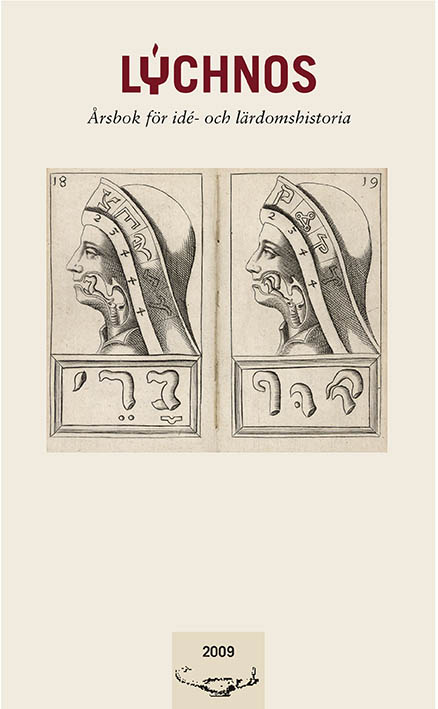The projected rooms of the Carolina Library
Abstract
Between 1811 and 1841, the probably first separate building for an official library in Sweden was erected. The project sprung from the needs of the University library to expand its space for books, but the increasing collection of books was not the only reason for the edifice. The University needed a museum, to house its collections of antiquities, manuscripts, coins and medals; it needed rooms for teaching, i.e. giving lectures and demonstrations of physics, and storing the physics’ instruments; as well as for ceremonial purposes such as academic celebrations and musical concerts. Last but not least the building was a monument to the newly elected heir to the Swedish throne, Carl XIV Johan, who as Crown Prince, University Chancellor, and from 1818 King, was an important force in the library project. In the 1820s the building was named ”Carolina Rediviva”, the Carolina Library, a tribute to the King but also a reference to an older academic building, the Academia Carolina, torn down in 1788.
In this essay, the concept of a library is defined as 1) a collection of books, 2) a room or space for books, 3) book-related functions, 4) a monument or an expression of values, and 5) the (notion of) the ideal library. In the first part of the essay, perspectives from traditional history, art history, and intellectual and cultural history have been applied to a study of the carrying out of the project. In the second part, perspectives from history of science and sociology of architecture have been used to focus on the project, including the blueprints, for a closer examination of the building’s primary and secondary functions.
The main conclusions of the study are that reading and searching for literature were not seen as primary functions of the building, which still was regarded as a library, however, and, that the quite emphasized functions of museum, teaching and ceremonial actually underlined the consideration of the building as a library. From this followed that the architecture must be carefully planned so that access to concerts, museums or lectures was not confused with access to the book-rooms.
The study closely follows the project of building a multifunctional library, with its financial difficulties, architectural considerations, the library conditions of the time and the different aspects of it being a royal monument.
Downloads
Published
Issue
Section
License
This work is licensed under a Creative Commons Attribution 4.0 International License. The copyright for the work published in Lychnos remains with the authors.


